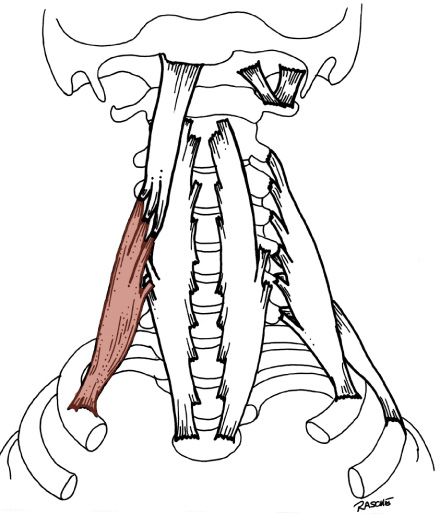Laurie's Blogs.
Nov 2017
Making a Physical Diagnosis

This blog comes about, just after I wrote a letter advocating for physiotherapists to be allowed to summarize their findings and actually call our summation a PHYSICAL diagnosis to one of the veterinary boards up here in Canada. There seems to be a huge bit of concern regarding the term ‘diagnosis’ and that it should only pertain to something that can be defined using diagnostic imaging or lab tests: i.e. your dog has a fracture or cushings. However, there are diagnoses that physical therapists make (day in and day out) and teach veterinarians how to make, that are otherwise overlooked in traditional veterinary medicine. I was compelled to bring up this tidbit of information after a letter I received from one of the vets I had taught while in California last month.
Thanks for such wonderful classes this past week. I always love coming to your seminars. They renew my interest in rehab, I always learn something new, and I go home a better practitioner as a result.
I even managed to put these skills to use when I was at my interview and I watched this seasoned doctor spend over an hour examining an 11-year-old boxer's intermittent forelimb lameness by focusing on the shoulder and carpus over and over and over. He even put each joint through range of motion and made the owner run back and forth with the dog in the rain only to tell her he can't find anything and it might be an early bone tumor or nerve sheath tumor and she should have radiographs at some point but try Rimadyl (which they already had done). The history was intermittent right forelimb lifting following jumping down hard off of something and playing rough the other dog. Better with rest and worse when playing with the dog. Nerve sheath tumor!? Ok....
So, I stepped in LOL. Painful C7/T1 and bilateral first rib pain. He thought I was Jesus! LOL. They had been there for over an hour so I only worked her a little bit but gave them chest lifts and some traction etc. to do at home. He then asked me what to do with every case that came in for the rest of the day HAHAHA. Saved the dog another few hours of poking and prodding when x-rays were likely normal. Saved the client $300 and the headache of having to worry about this imaginary nerve sheath tumor. Oy!
Thanks again,
Carrie
So, you’re welcome Carrie! And you’re welcome Veterinary Medicine, on behalf of all of the physical therapists that have made huge contributions to the field of animal rehabilitation education and practice.
Until next time!
Cheers,
Laurie


